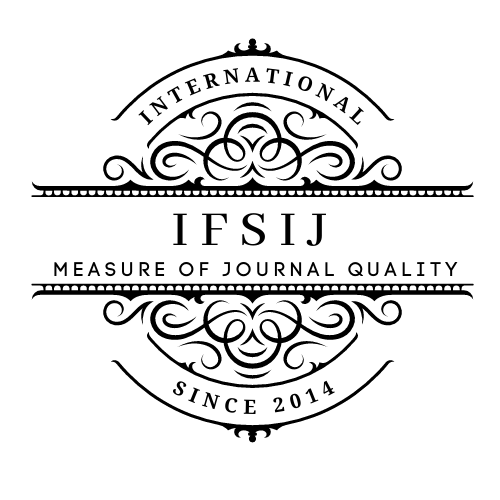CLINICAL AND LABORATORY CHANGES IN POST-TERM INFANTS
Keywords:
post-term pregnancy, degrees of post-maturity, general blood test, biochemical blood test.Abstract
Due to the lack of consensus on what kind of pregnancy should be considered post-term, there are very conflicting data in the literature on the frequency of post-term pregnancy. However, according to most authors, the frequency of postmaturity ranges from 1.4 to 14%, averaging 10% [1, 8]. A description of post-term pregnancy is already found in ancient treatises dating back to the era of Hippocrates and Galen. The beginning of a scientific approach to this problem dates back to 1902, when Ballantyne and then Runge (1948) first described signs of overmaturity in a newborn, and this syndrome was called Bellentyne-Runge syndrome. Despite such a solid history, many issues regarding this pathology have not yet been resolved [2, 10].
Downloads
Published
Issue
Section
License

This work is licensed under a Creative Commons Attribution-NonCommercial-NoDerivatives 4.0 International License.















